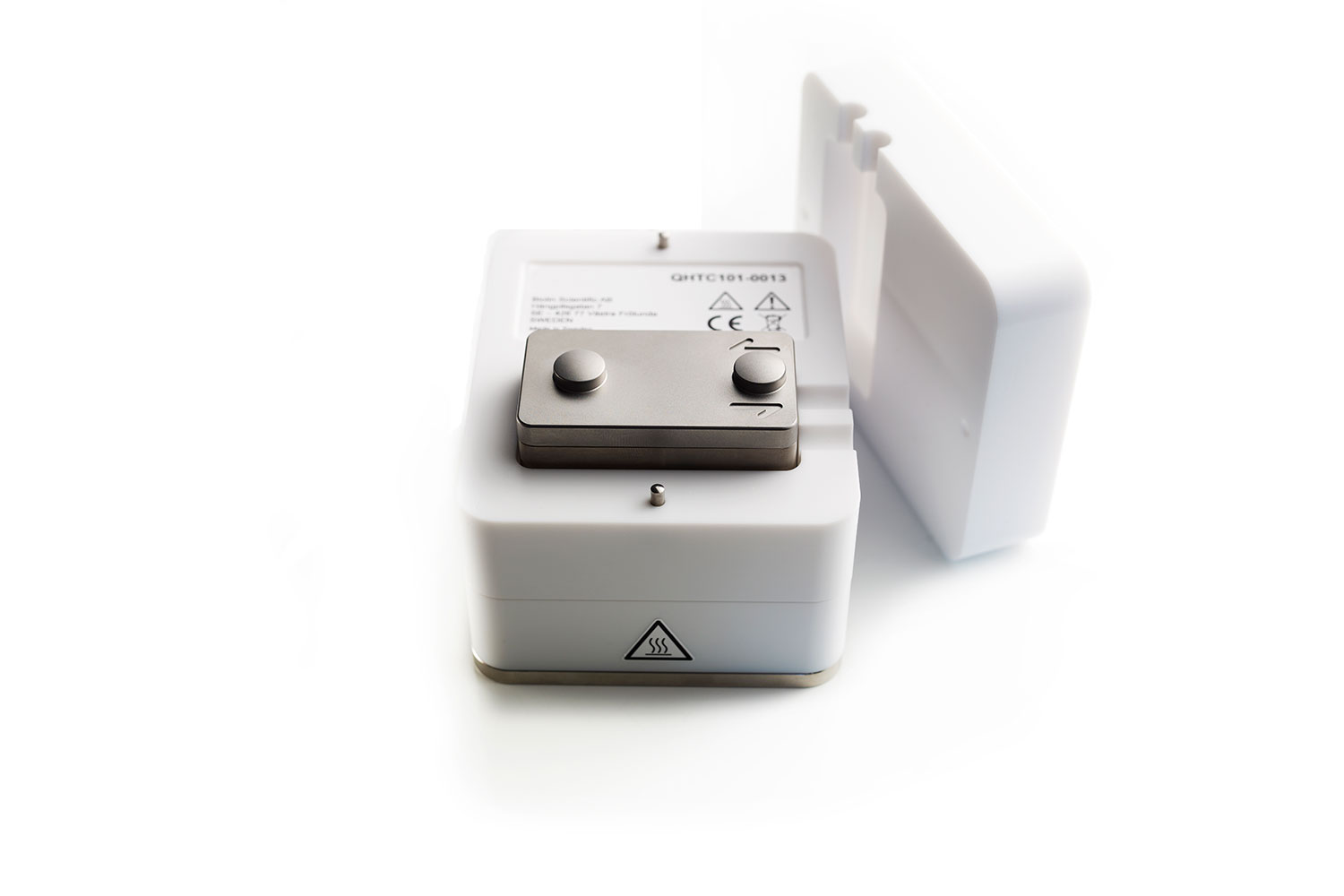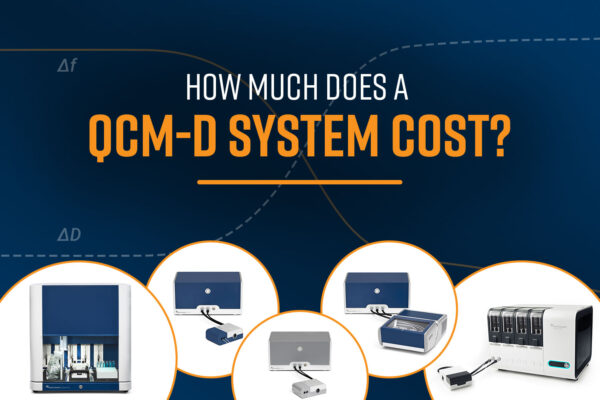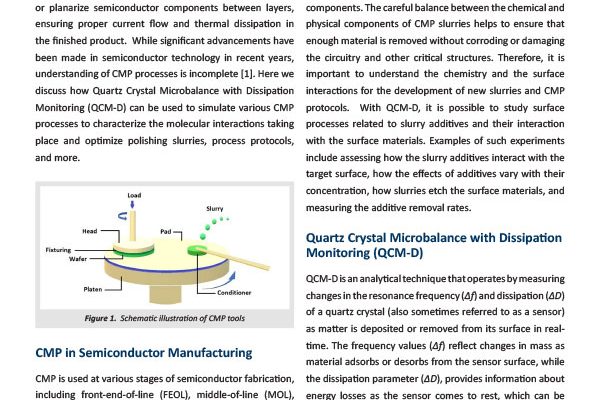
Biolin QCM-D Instruments
QSense High Temperature Chamber
The QSense High Temperature Chamber enables QCM-D measurements across a wide temperature range of 4 °C to 150 °C. The chamber is compatible with QSense Analyzer and QSense Explorer systems and is fully integrated with QSoft software for real-time data acquisition. It is ideal for applications requiring thermal cycling, stability analysis, or high-temperature reaction studies.
High Temperature Capability
Analyze samples across a broad thermal spectrum, from 4 °C to 150 °C, with precise temperature control
Modular Compatibility
Combine with optional modules for simultaneous ellipsometry or microscopy (up to 80 °C)
Easy Maintenance
Talk to an Instrumentation Specialist Today!
QSense High Temperature Chamber
Product Details
Modular Compatibility
The High Temperature Chamber supports a range of modular add-ons for advanced measurements. Compatible options include the Window Module for microscopy or light-triggered studies, the Ellipsometry Module for simultaneous optical and QCM-D analysis, and additional modules for electrochemistry, humidity control, ALD, and PTFE flow.
Instrument Compatibility
The High Temperature Chamber is fully compatible with both the QSense Analyzer and Explorer systems, extending temperature-controlled QCM-D measurements up to 150 °C. Users of the QSense Pro system can also utilize the High Temperature Chamber through the addition of an Explorer Chamber add-on, broadening the range of experimental configurations available across QSense platforms.
Specifications
The QSense High Temperature Chamber features a flow module with a total internal volume of approximately 140 µL, including ~100 µL in the flow channel and ~40 µL directly above the sensor. It supports both flow and stagnant liquid measurements across a wide thermal range. All wetted parts are made of chemically resistant materials: titanium (Grade 2), PTFE tubing, and A-type Viton® O-rings and gaskets.
QSense High Temperature Chamber
Product Knowledgebase
Webinar
Predicting Solution Behavior: Insights into the Developability of Biologics
Monoclonal antibodies (mAbs) are widely used in the pharmaceutical and biotechnology indus…
Blog
How Much Does a QCM-D System Cost?
What is Quartz Crystal Microbalance with Dissipation Monitoring (QCM-D) and What Does it M…
White Paper
Optimizing Chemical Mechanical Planarization (CMP) Processes with QCM-D
Chemical mechanical planarization (CMP), also called chemical-mechanical polishing, is a c…
Over 5000 publications available!
QSense QCM-D Publication Finder



